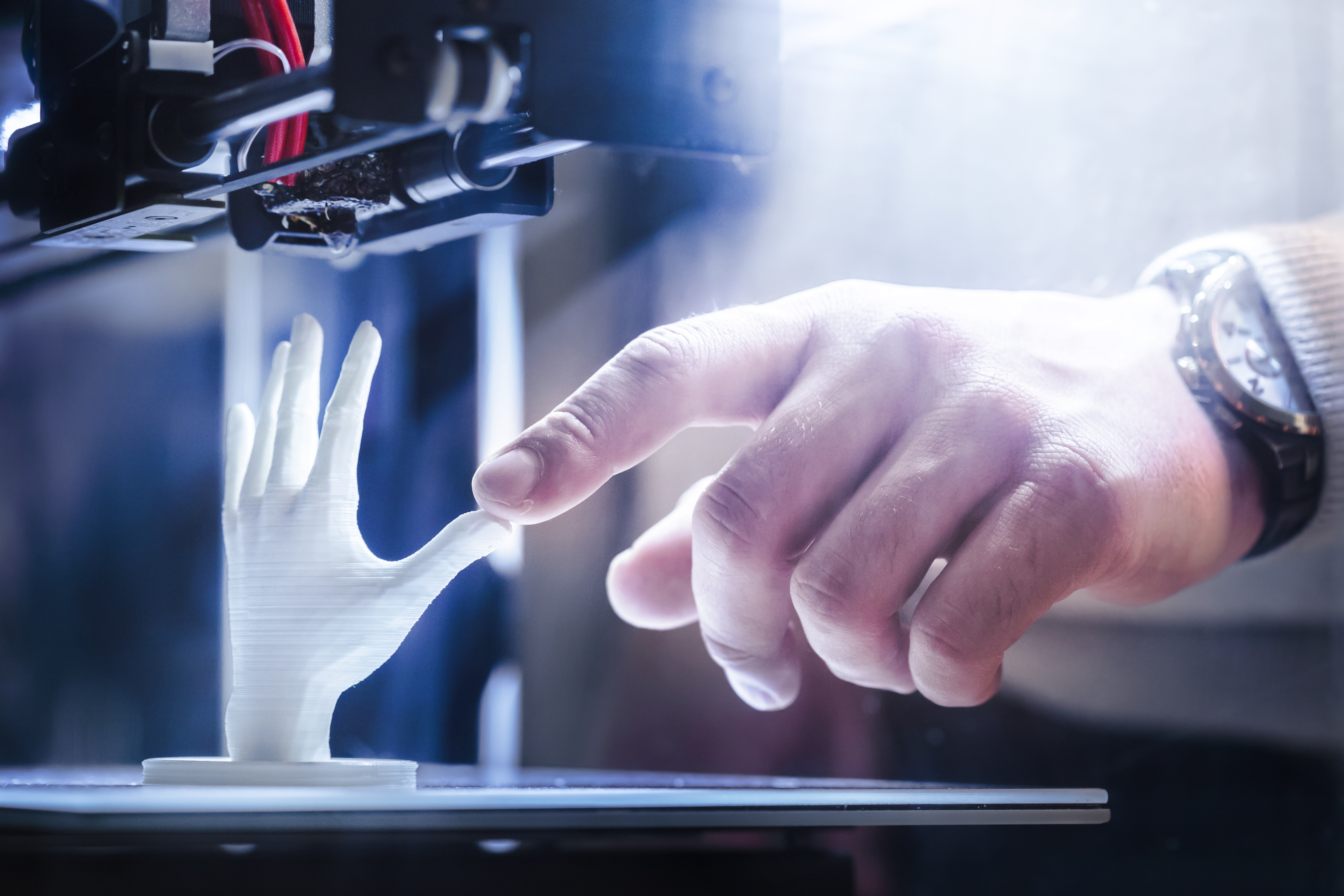WITH THESE REPROCESSINGS you can finish and seal 3D PRINTED PARTS additive manufacturing already uses many technologies to meet a wide range of requirements. If you have already found your preferred 3D printing technology and materials, you can customize your printed parts even more with the appropriate finishing.
Depending on the post-processing method, you will benefit from even higher strength and stability, better resolution and detail, smoother surfaces, lighter components or simply more variations due to different colours. Therefore we would like to give you an overview of the most common post-processing methods.
The 9 most common finishes in additive manufacturingOur experience shows that especially these 9 methods are used to finish the ordered 3D printed parts.
Finishing for 3D printed parts made of plastic:1. varnishing in various colours (for SLS, FDM, SLA and Polyjet)Thanks to varnishing, your 3D printed parts get the desired surface quality and colour. You can choose whether your lacquering should be high gloss, matt or satin. You can select the exact characteristics and colour from the DIN-certified RAL colours. The advantages of this option include low costs, short cycle times and a high degree of user-friendliness. The main disadvantage is that your printed parts only have a low resistance to chemicals or high temperatures.
2. infiltration for better surface protection (for SLS, FDM, CJP and FDB)Infiltration closes the surface, making your 3D printed objects more stable. Your objects are better protected from contaminants because they are more resistant to pressure and waterproof.
3. colouring of printed parts (for SLS)The colouring of 3D parts offers you all the advantages of infiltration (stability and dirt resistance) on the one hand, and on the other hand, there are no limits to a visually appealing colour scheme of the original 3D print. As a further highlight a coating with velvet is selectable.
4. smooth surfaces with fillers (for SLS, FDM, SLA and Polyjet)If you want to give your 3D print models a mirror-smooth surface, the after-treatment of filling is a good option. With this finishing method, your model is coated with a filler after 3D printing and then sanded until it is mirror-smooth. However, this method is only suitable for small grooves and unevenness. With large grooves the unevenness can even become worse.

5. electroplating with different metal alloys (SLS, SLA and Polyjet) During electroplating a thin metal layer is applied to the surface of your 3D printed part. This gives your 3D printed object metallic properties. Advantages of this finishing method are that your objects can be made conductive, have a better stability and a visually appealing metallic design. Electroplating not only makes your component look better, but also provides a hard surface, thus significantly increasing the durability of your component.
6. vibratory grinding/trowalising for a smooth surface (for SLS and FDM)The surface of sintered objects is slightly rough and porous after removal, but can be smoothed out well by subsequent treatment. Especially rough edges can be rounded off by vibratory grinding/trowalizing. At the same time, however, this process also offers you possibilities for smoothing, polishing, cleaning, matting, grinding, degreasing or shining your 3D print models.
7. chromium vapor deposition (at SLA)Another method for the high-gloss polishing of your 3D print models is chromium vapor deposition. With this method you get easy-care models with a unique high-gloss appearance.
For the refinement of metal manufactured 3D printed parts:
8. alloys (for SLM)
By using different alloys, metal 3D printed objects can be given a higher quality appearance. Grey, bronze, nickel, or gold are available for selection.
9. grinding (for SLA, SLS, FDM, CJP)
Grinding and polishing smoothes the surface of your 3D printed part. Grinding also improves the dimensional accuracy of a part.
Click here for more information!

